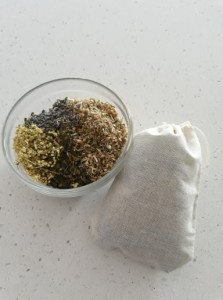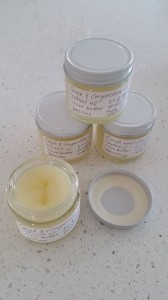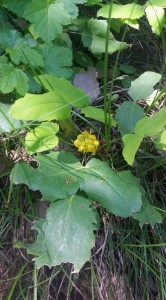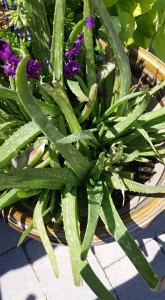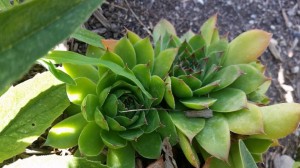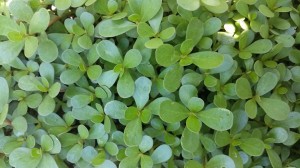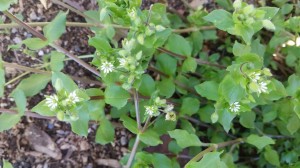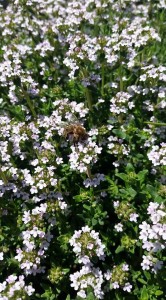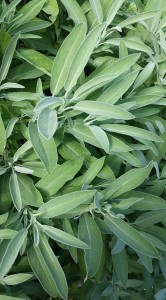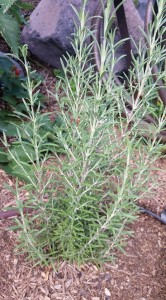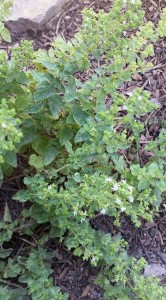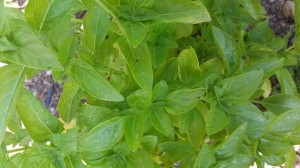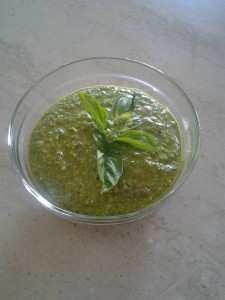Fevers are an essential symptom during an illness. They usually work in a beneficial way for us to kill pathogens we don’t want inside our body. It’s important to understand when we should intervene and when we should work with the fever to help recover from an illness faster. I recommend reading this blog post form Dr. Lawrence Palevsky, Pediatrician, whom I have a lot of respect for before reading on. It has brought me and many of my loved ones with children peace of mind when our children have been ill.
https://www.northportwellnesscenter.com/practitioner/lawrence-palevsky/if-your-child-is-sick
From the article above you should now have a better understanding of what signs and symptoms to look for when you or your child has a fever, what kinds of things you can do as comfort measures and when you should go to the doctor. These fever tea bags are a great comfort measure and contain herbs to help a fever work better for the person who is ill. Many of the herbs are diaphoretic herbs that help break a fever through sweating, including elder, yarrow and spearmint. The lavender and chamomile are cooling, soothing and anti-inflammatory. It is important to make a strong infusion with the herbs. Save some to drink and use the rest in a bath.
Fever Tea Bags
Use equal parts: about 2 tablespoons for each bath
Elder flower
Yarrow
Spearmint
Lavender
Chamomile
3×5 or 4×6 muslin bag
Place the herbs inside the muslin bag and cinch closed. Make an infusion by boiling 4 cups of purified water. Turn the heat off and place the muslin bag filled with the herbs into the pot. Cover with lid and steep for 30 minutes. Reserve one cup of the tea in a mug. Pour the rest of the tea in a warm bath with 1 cup of Epsom salts. Soak for 30 minutes while drinking the reserved cup of tea. Remember to get in with your little ones for lots of skin to skin time like Dr Palevsky mentions in his article. Once out of the bath be sure to have warm towels close by so not to lose any heat. Wrap up in more blankets and apply a little lavender essential oil onto the back of the neck and feet.

